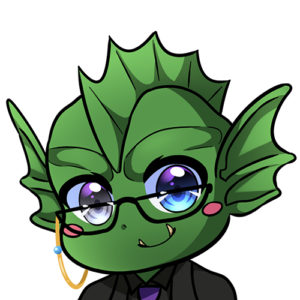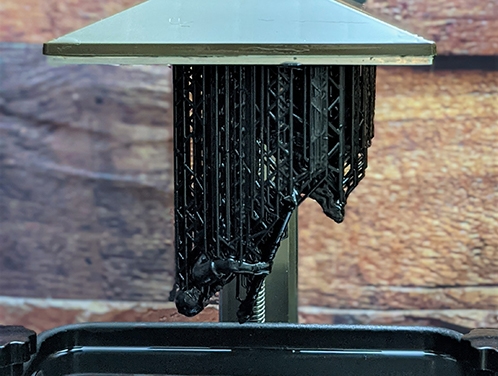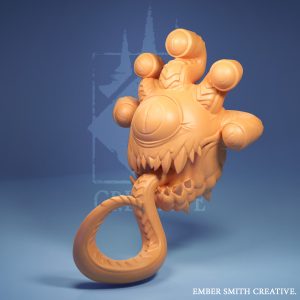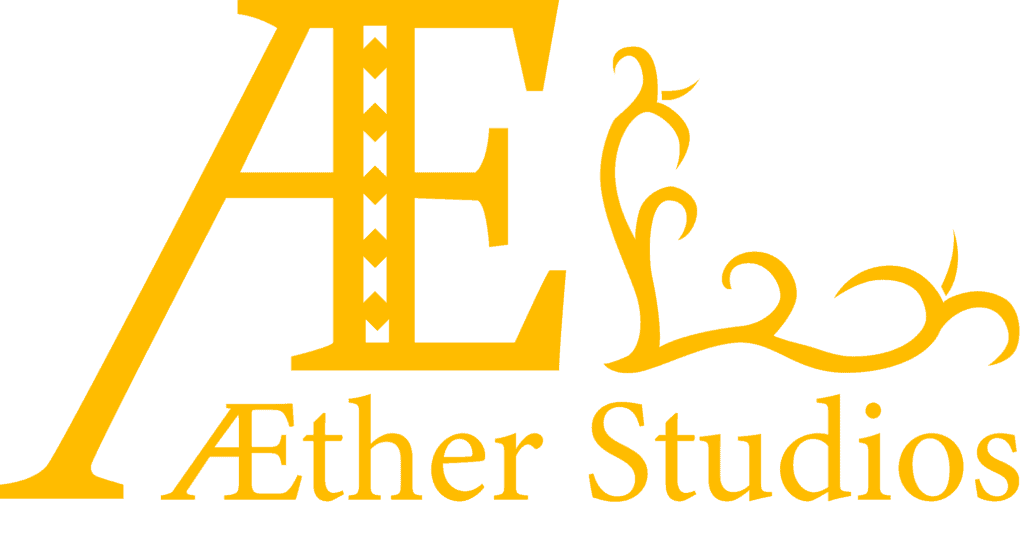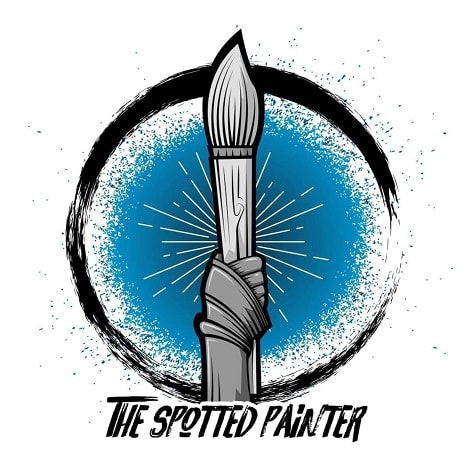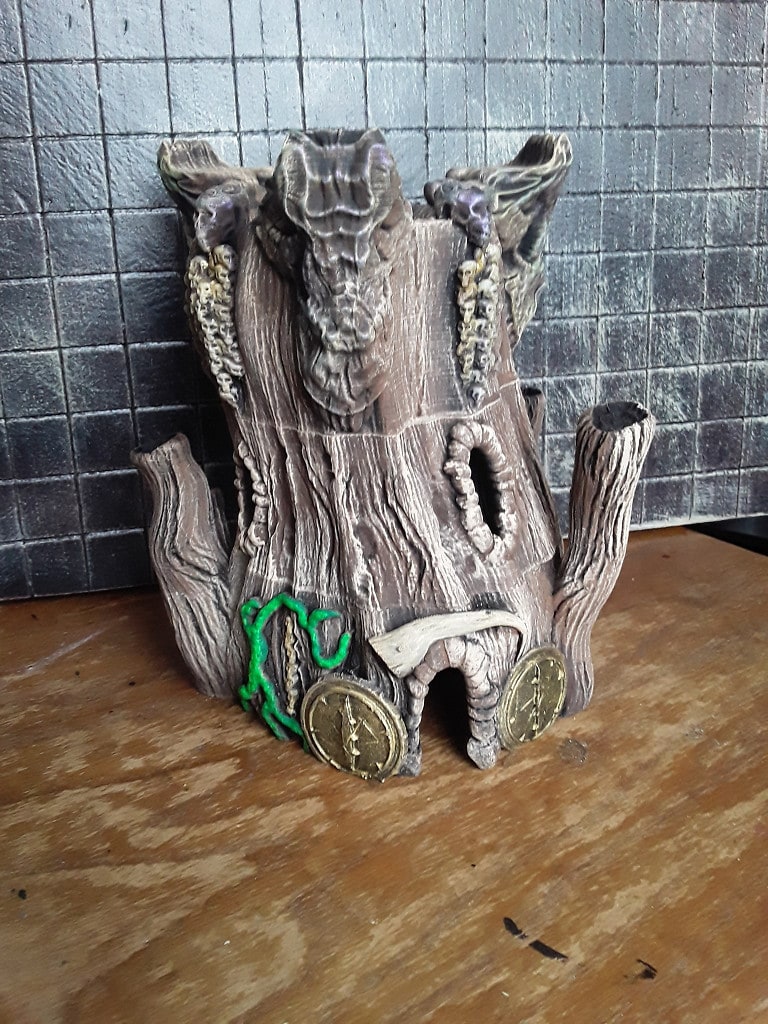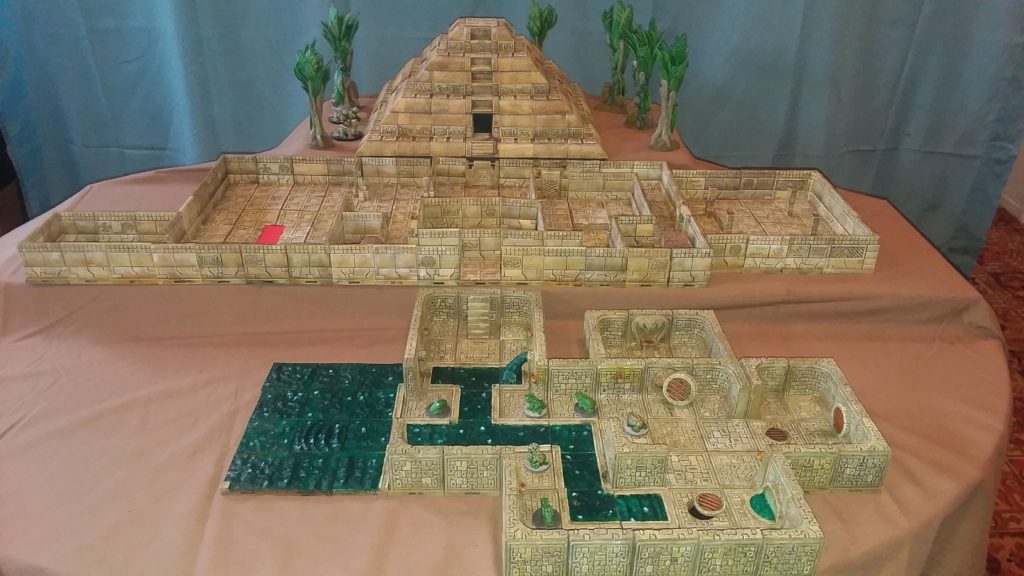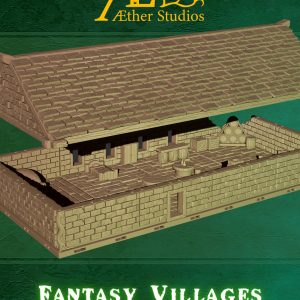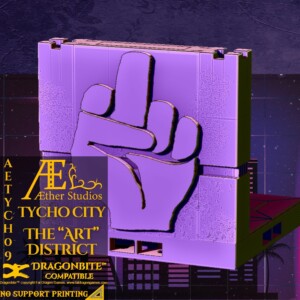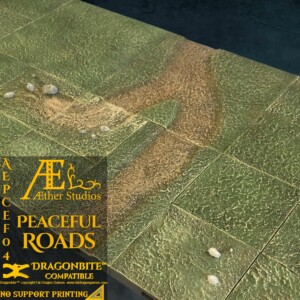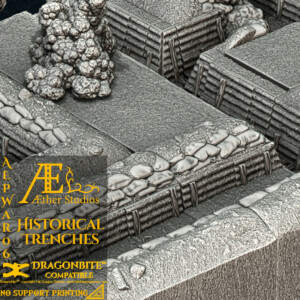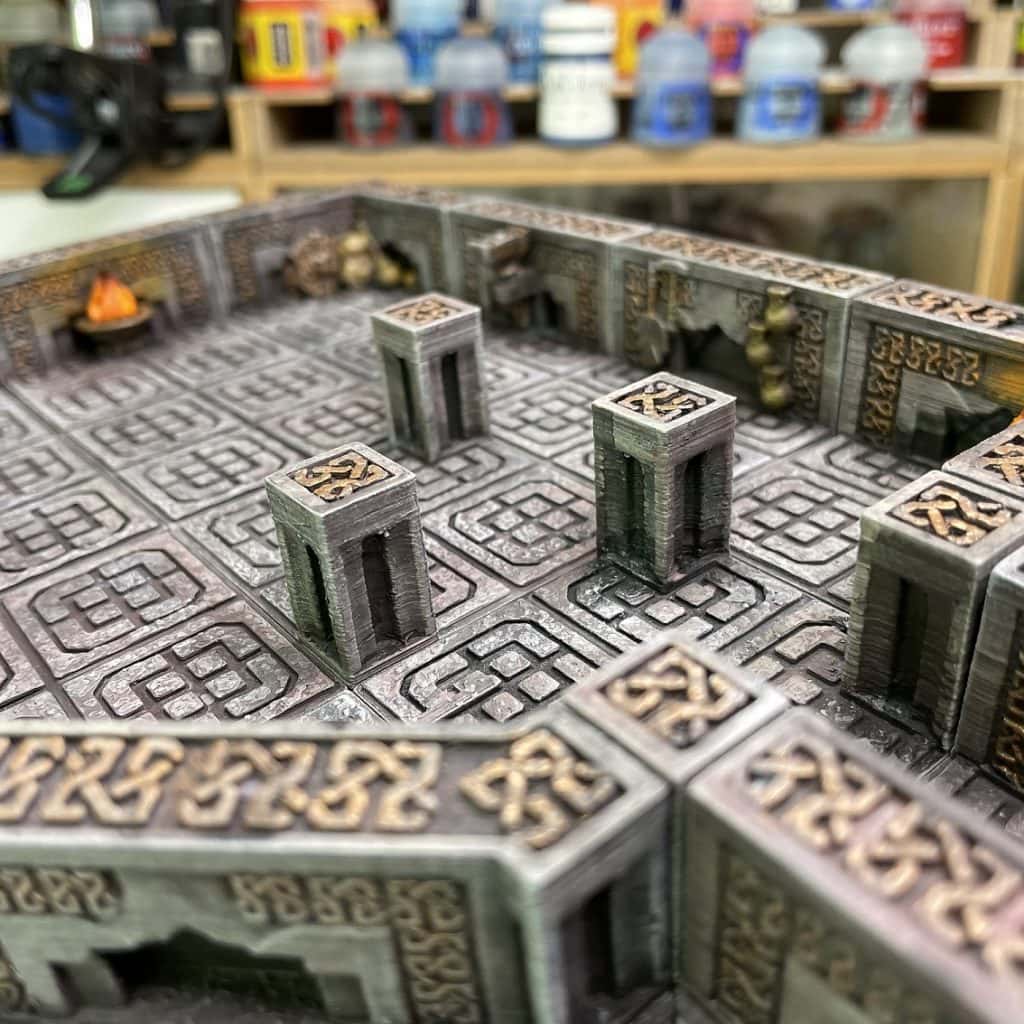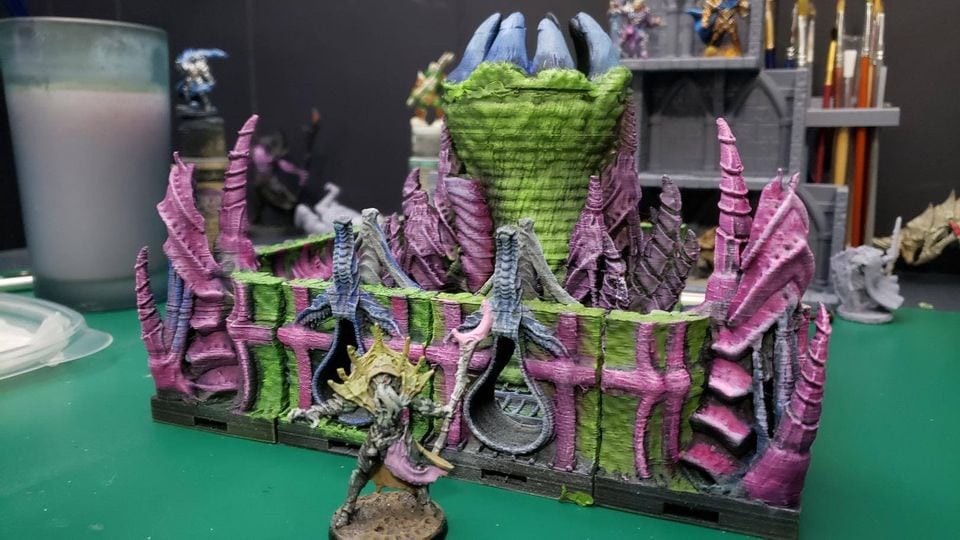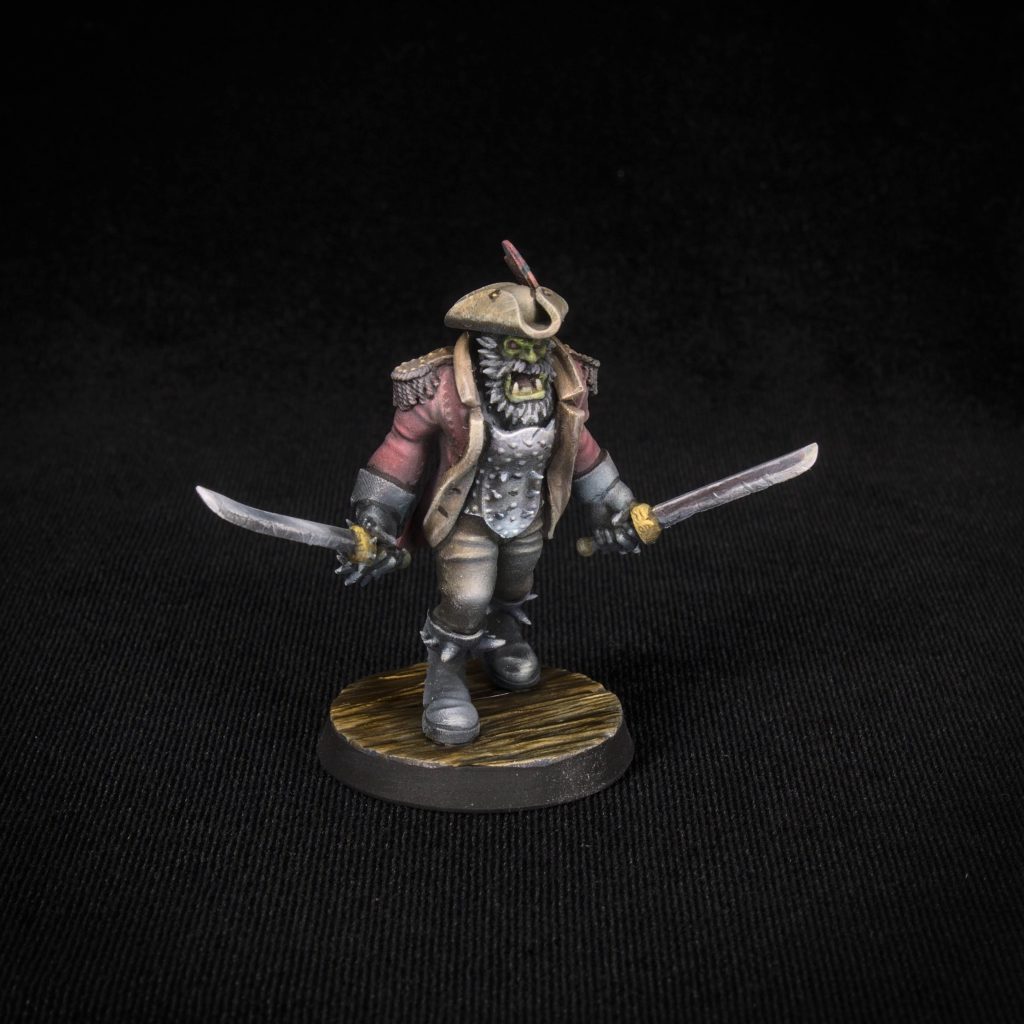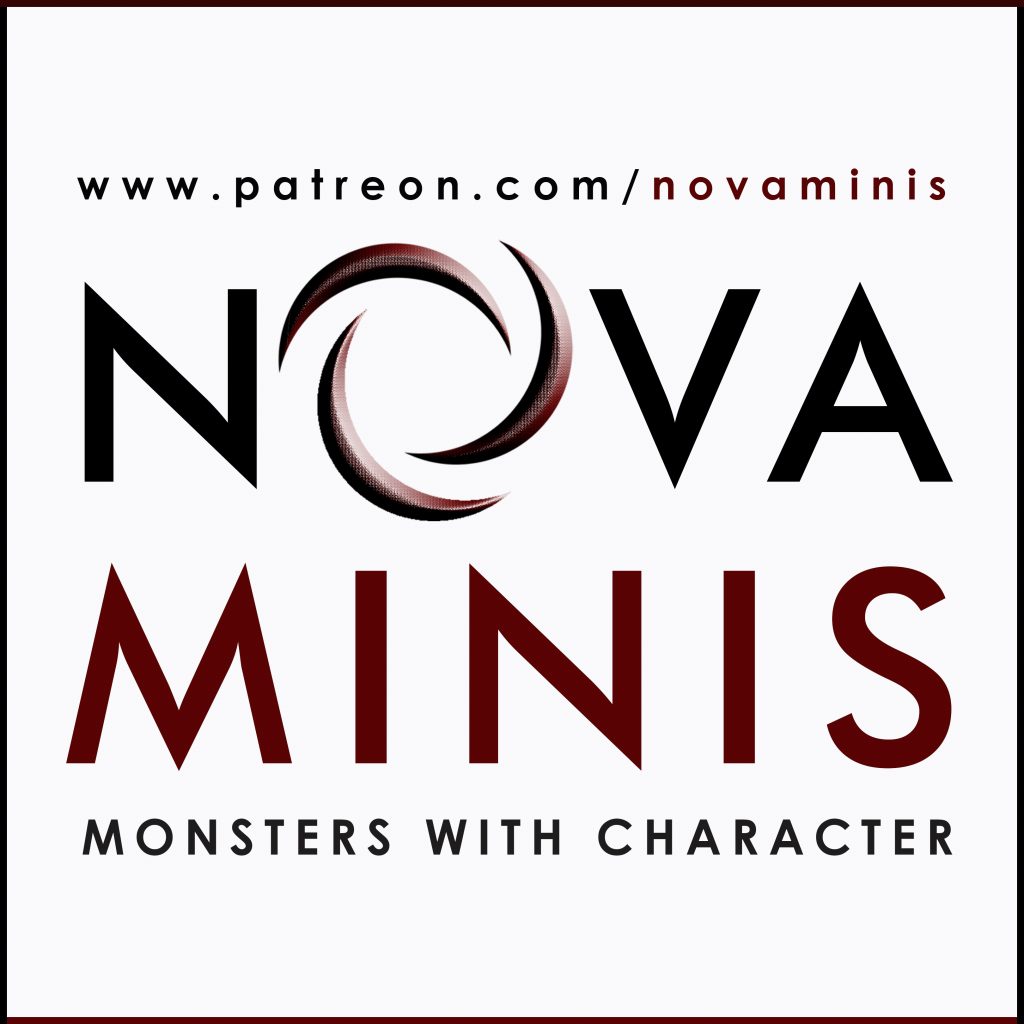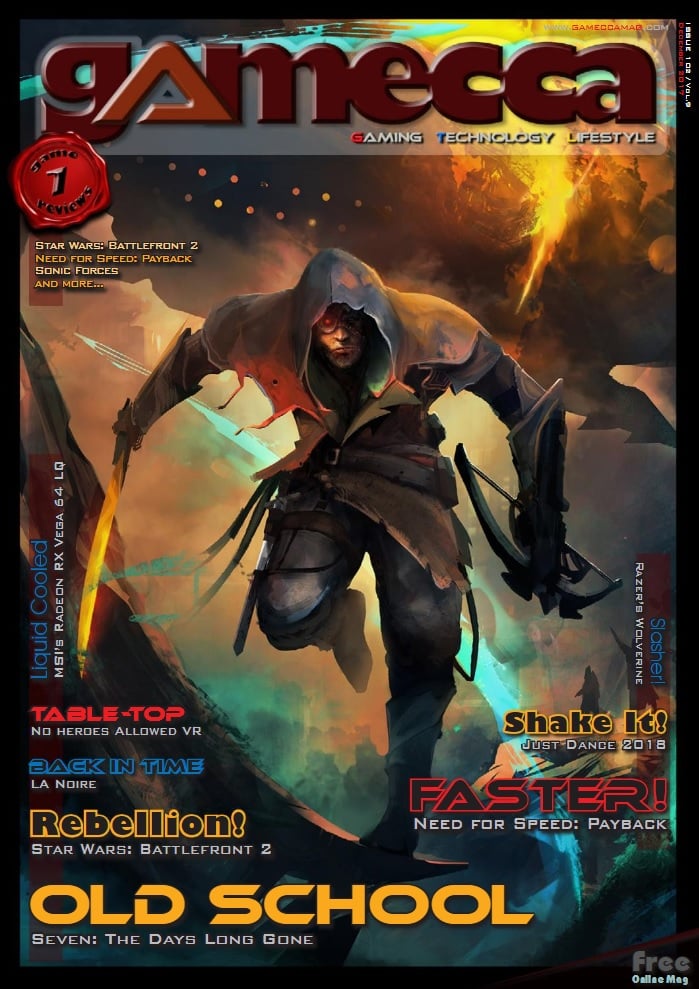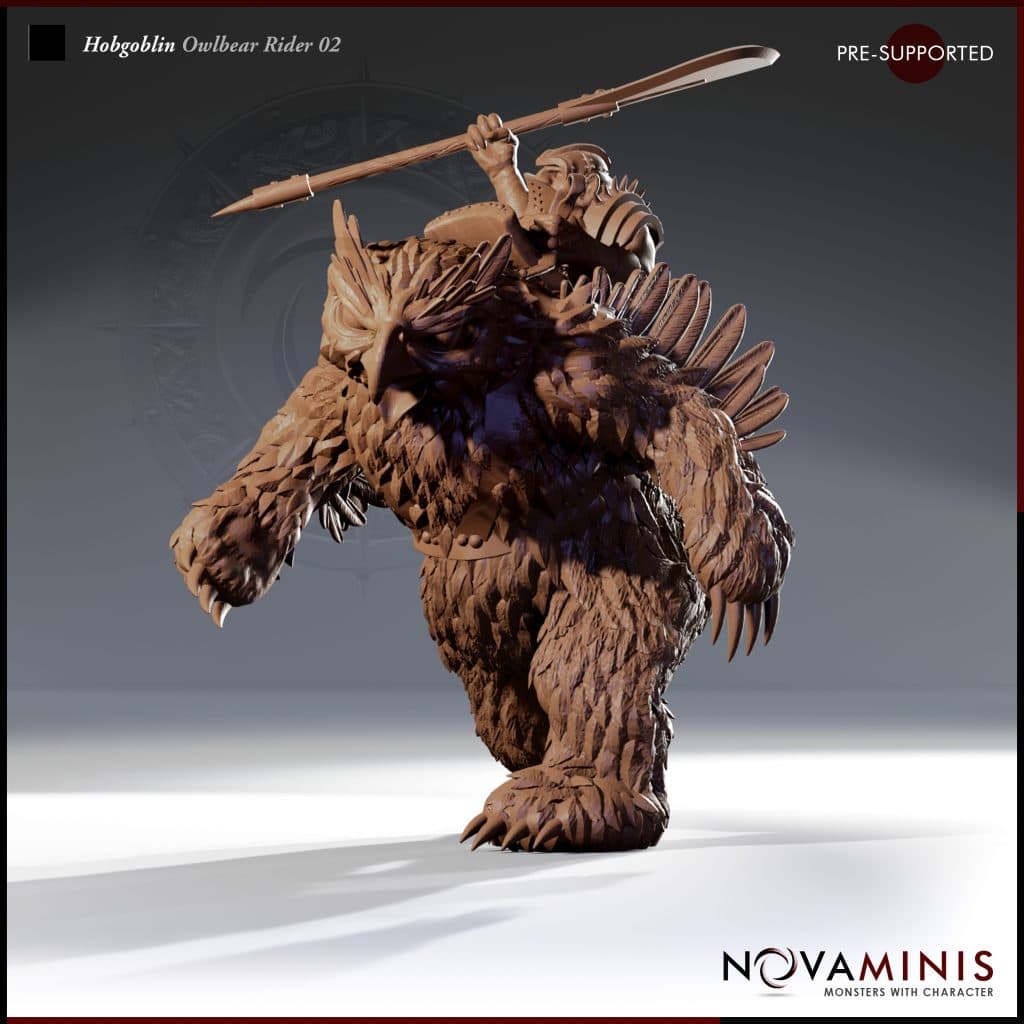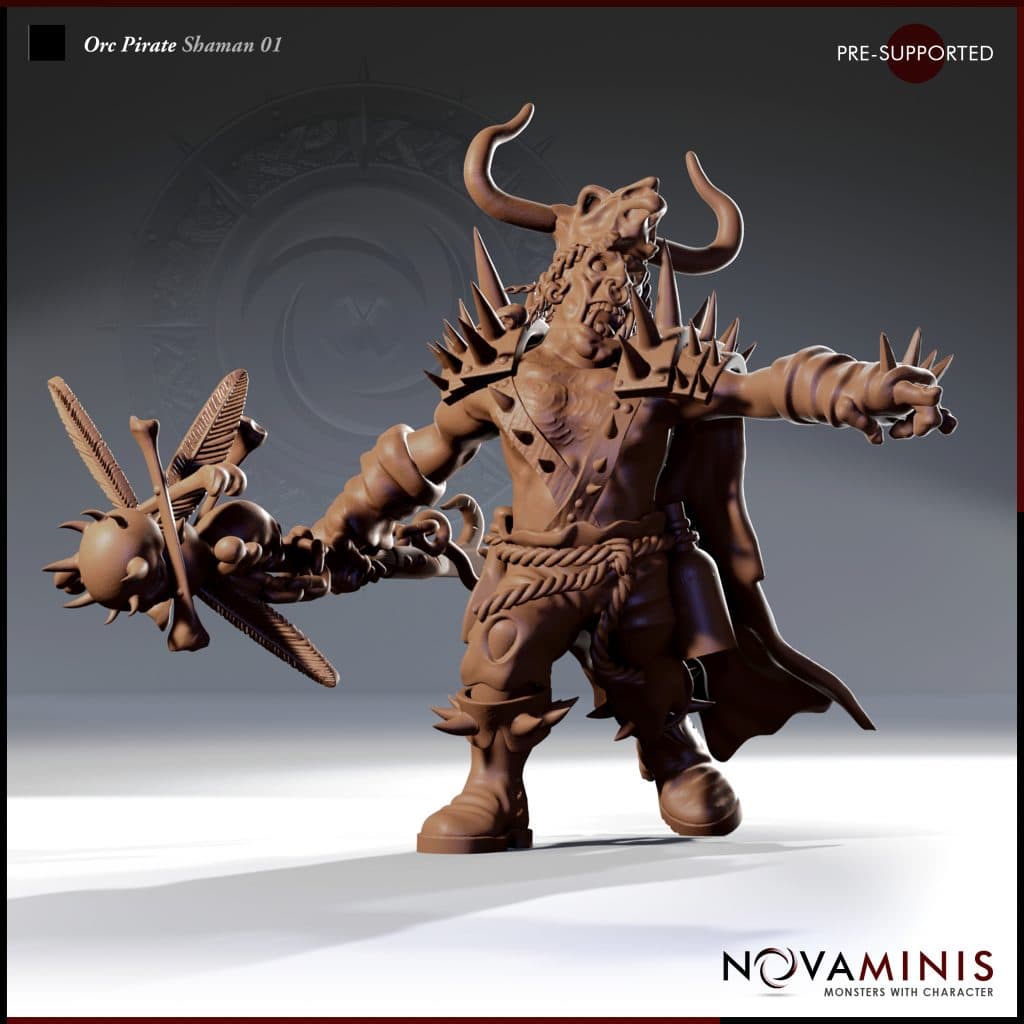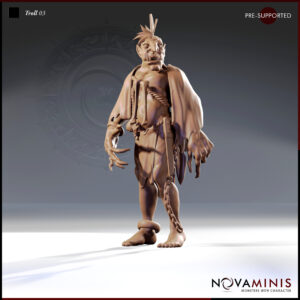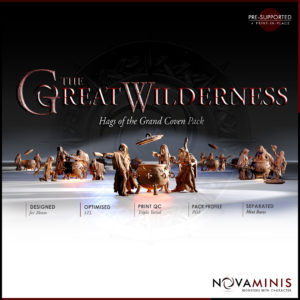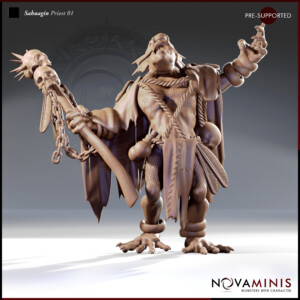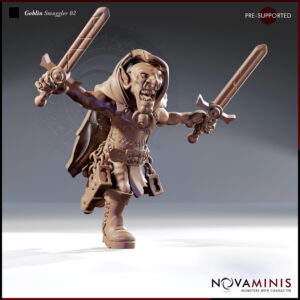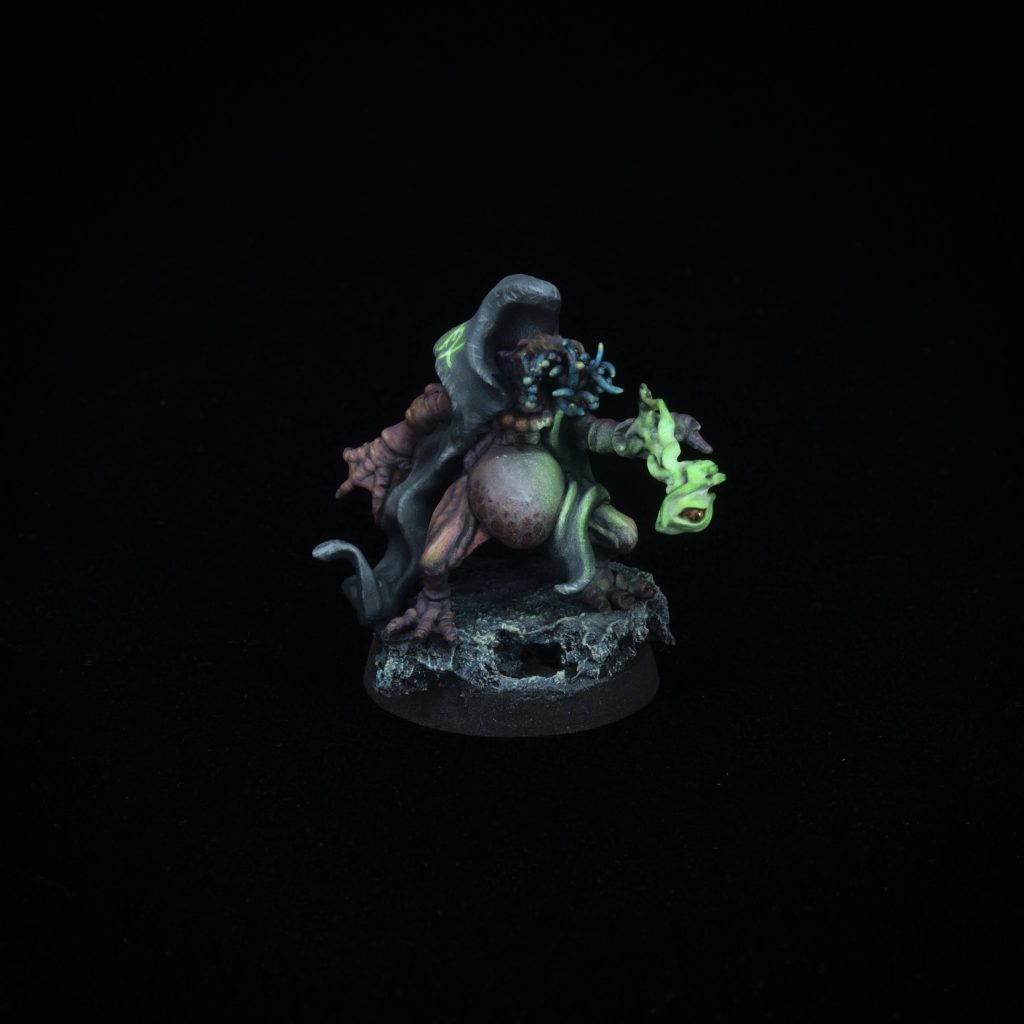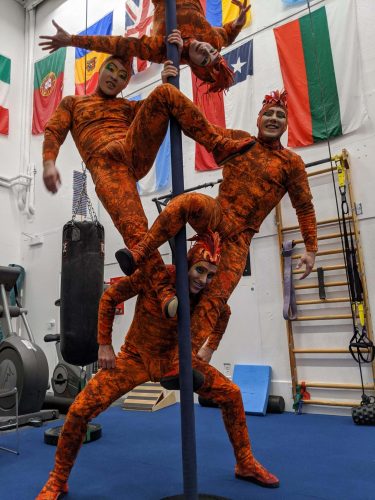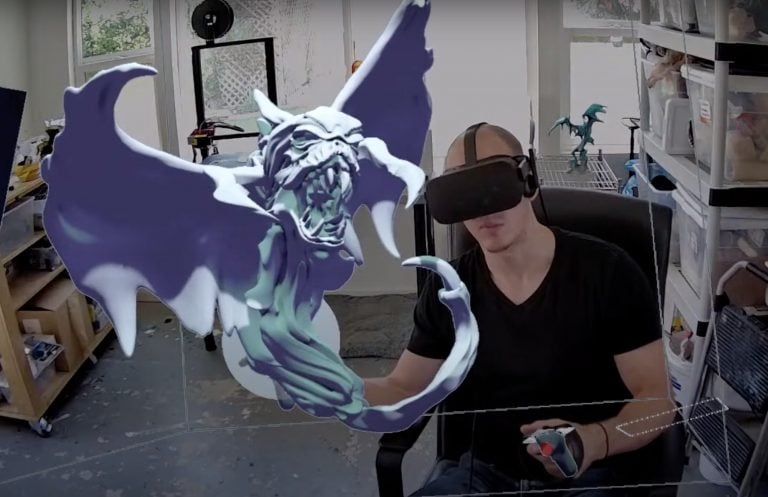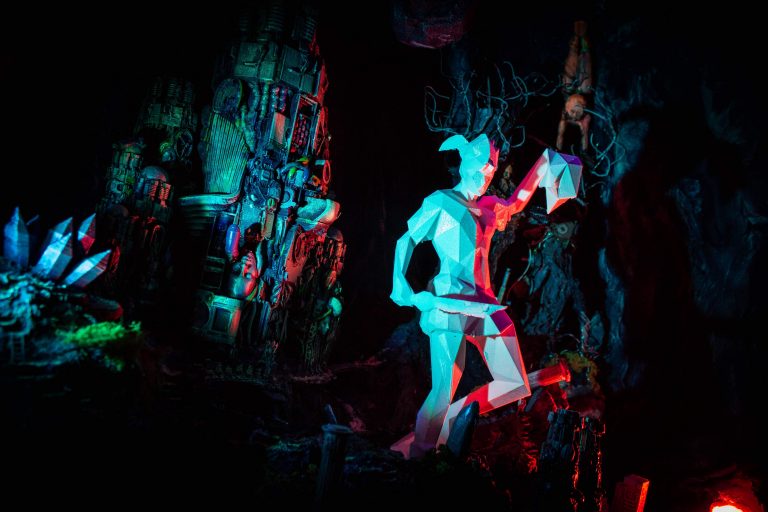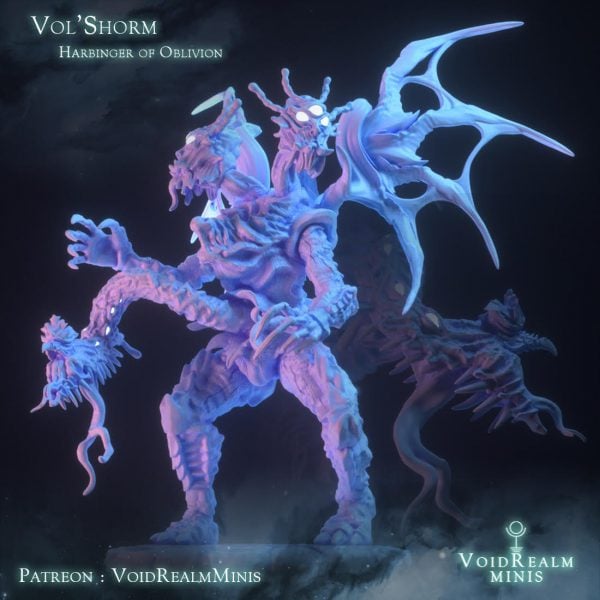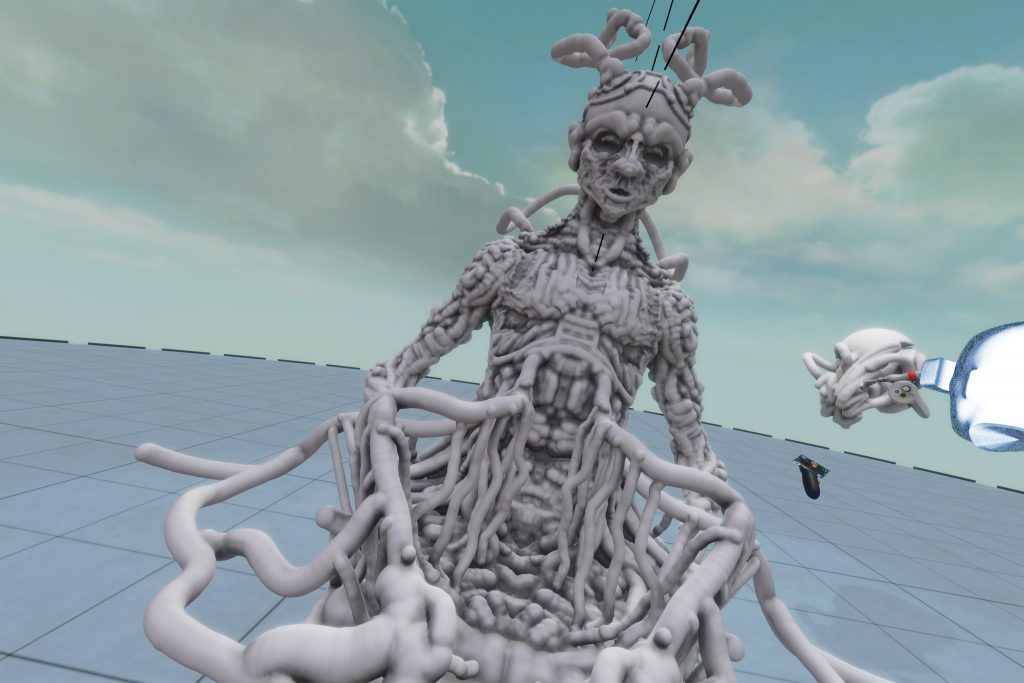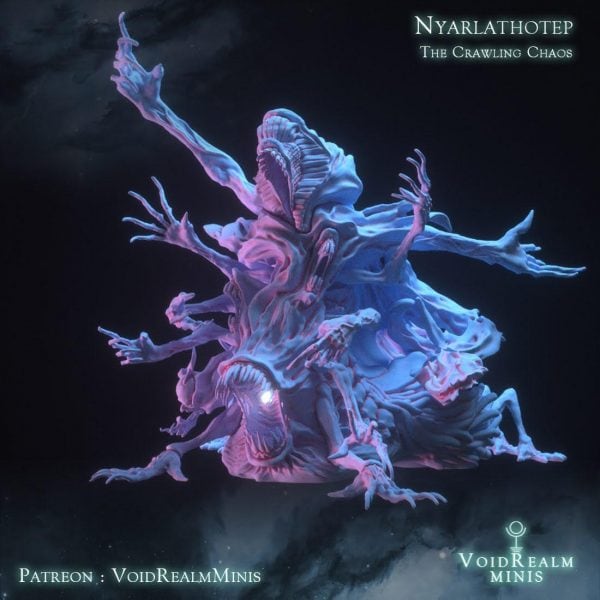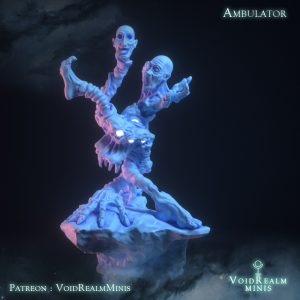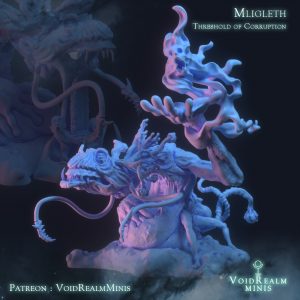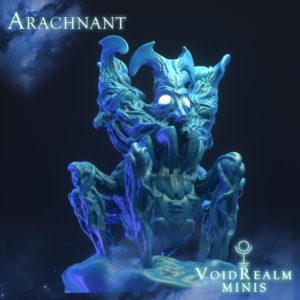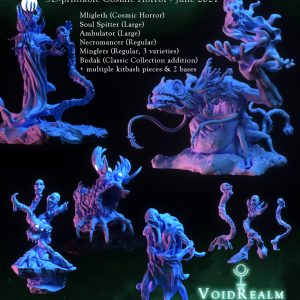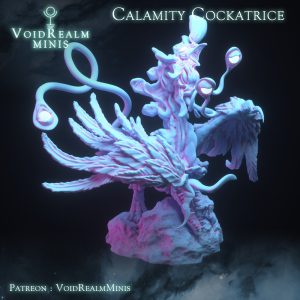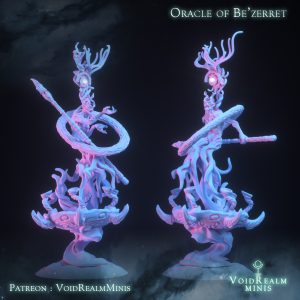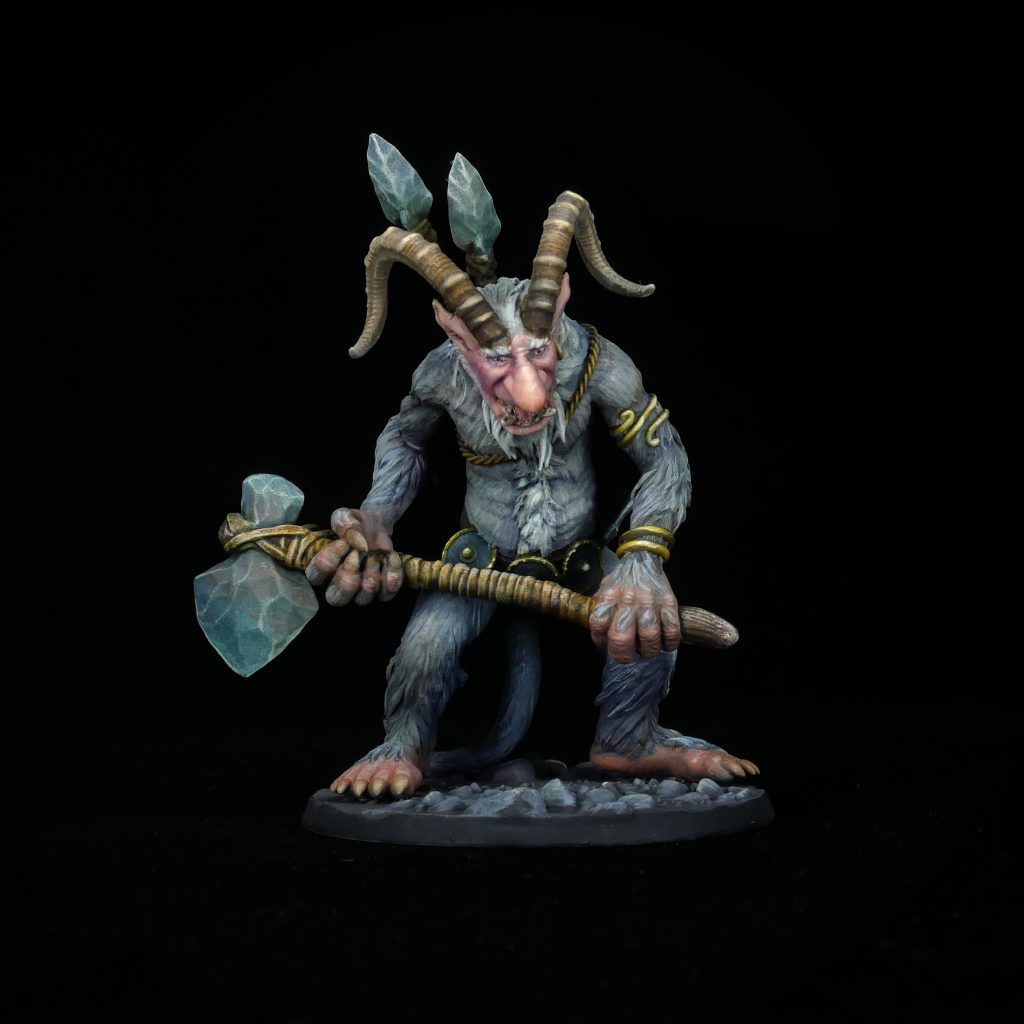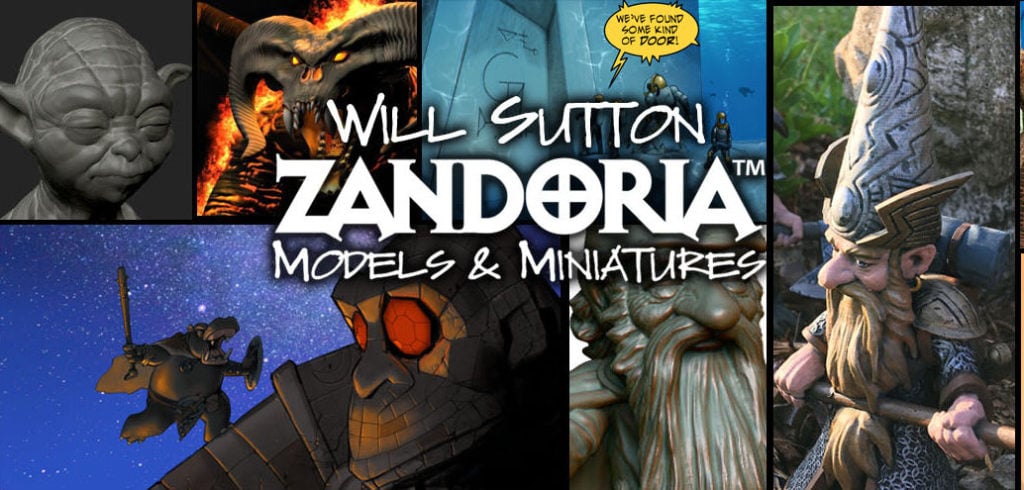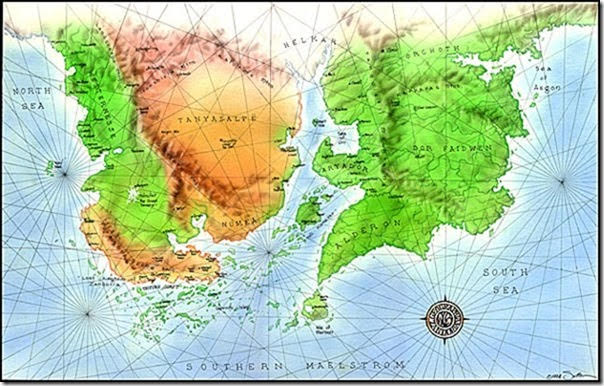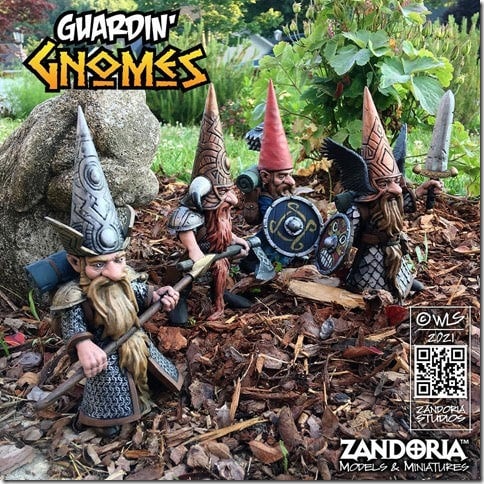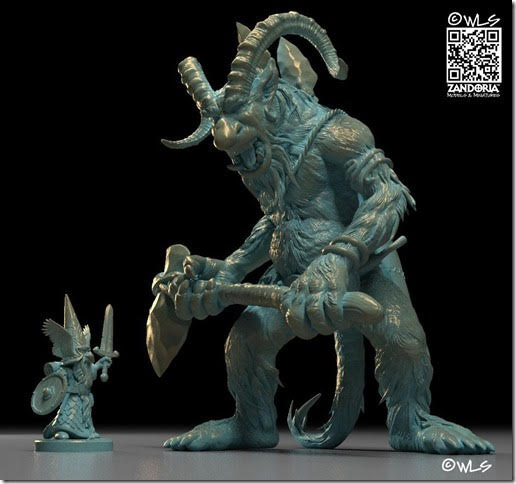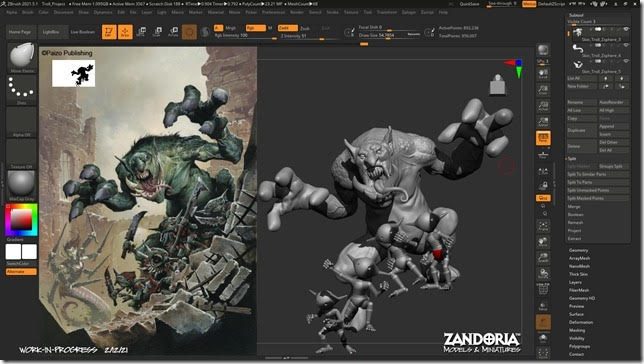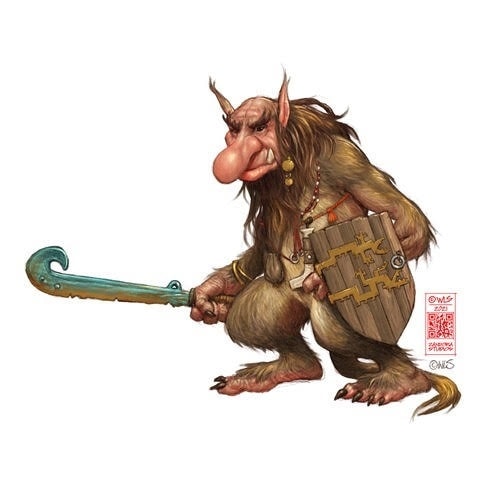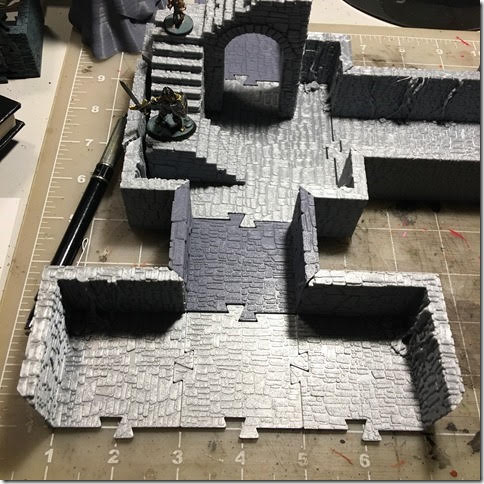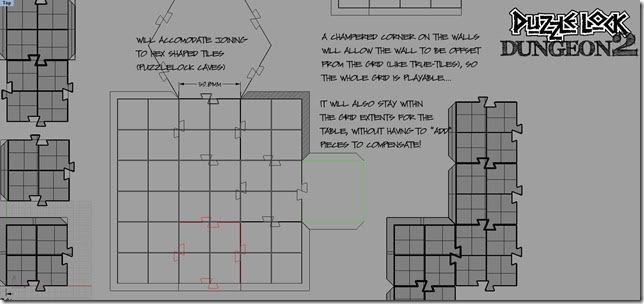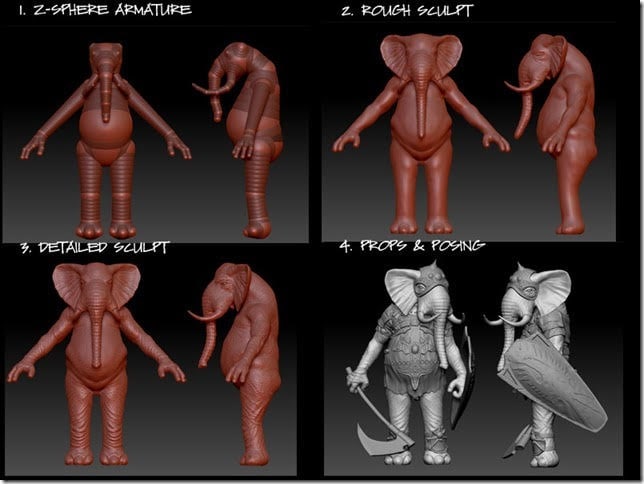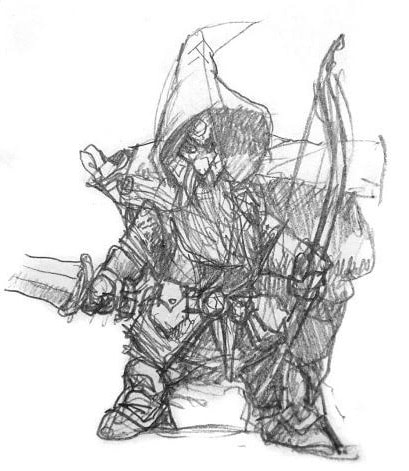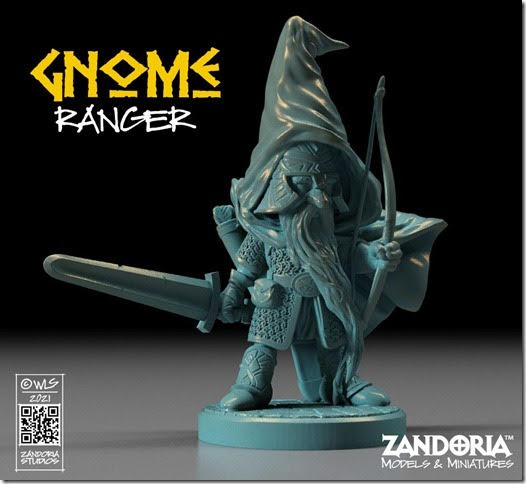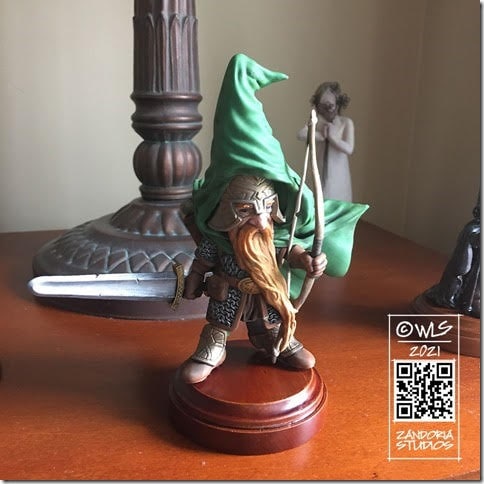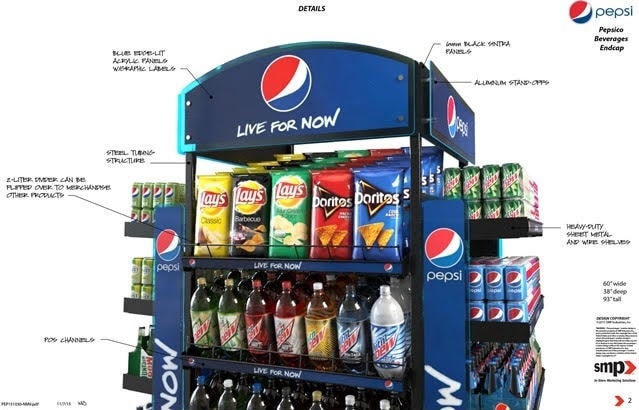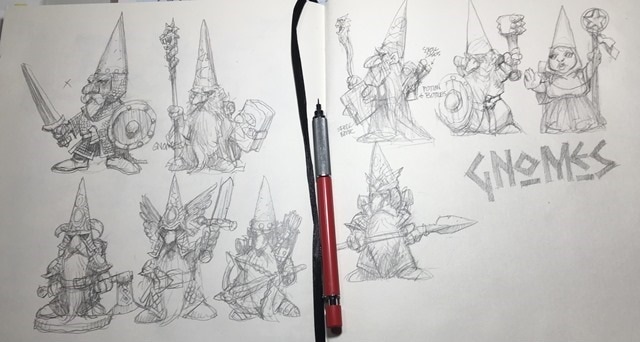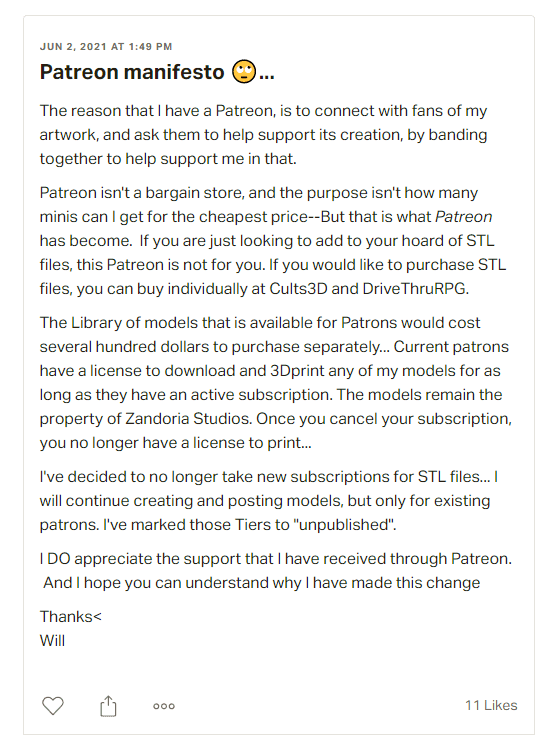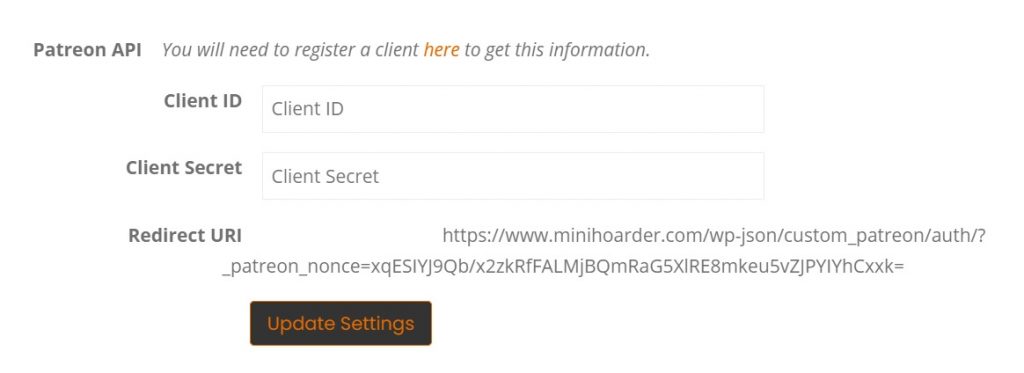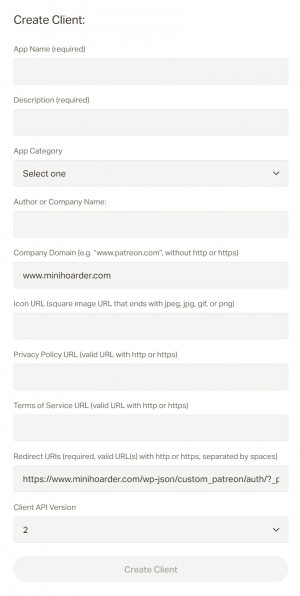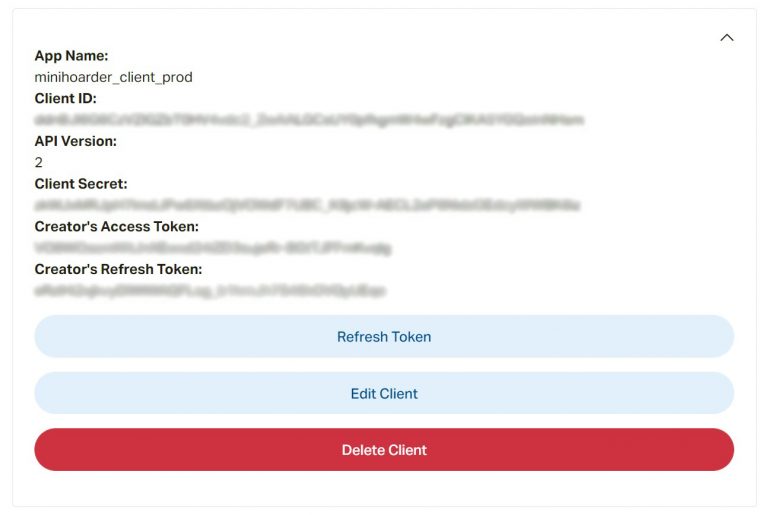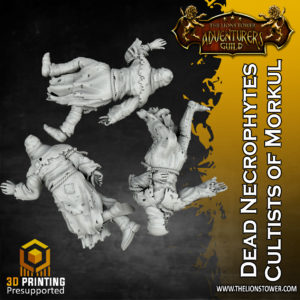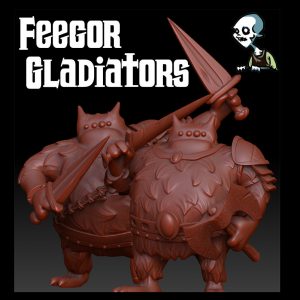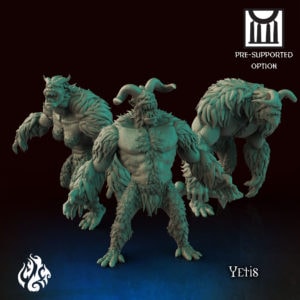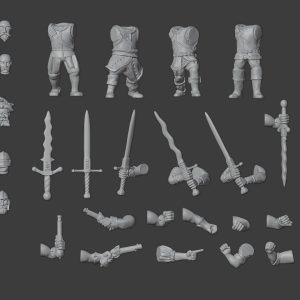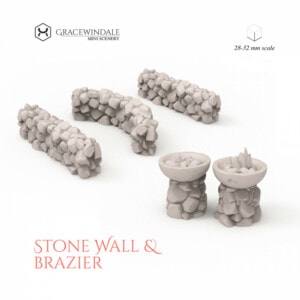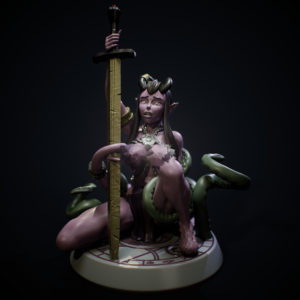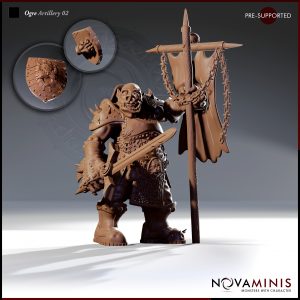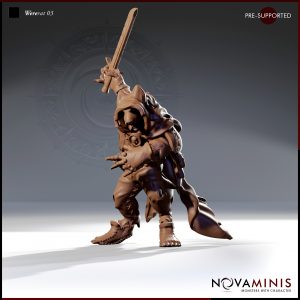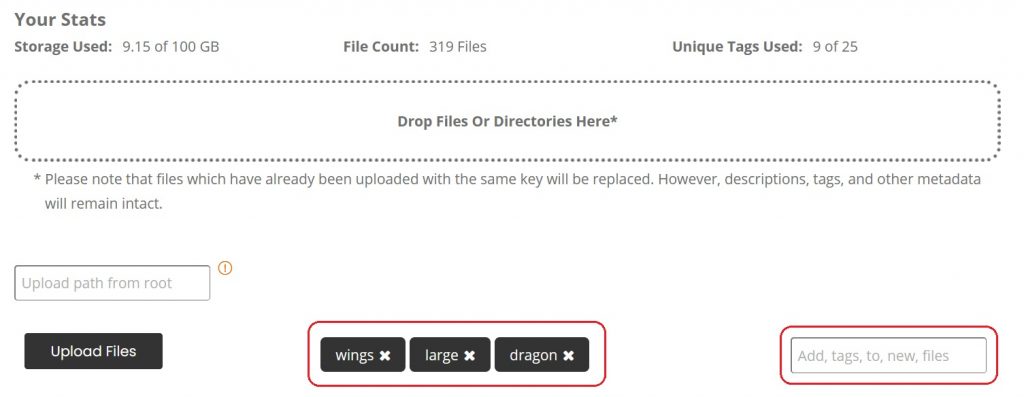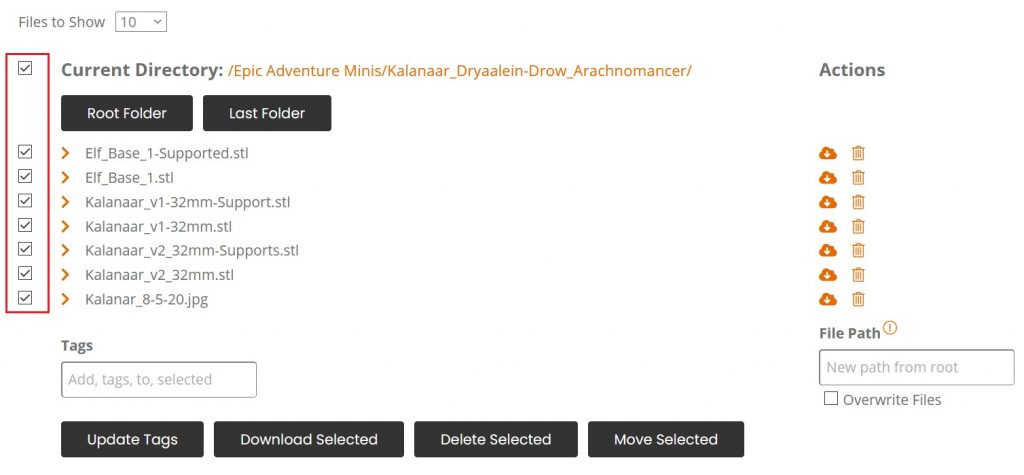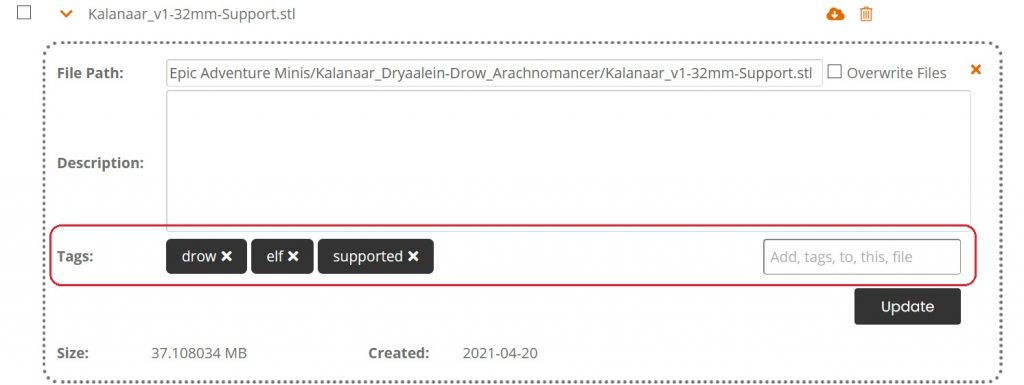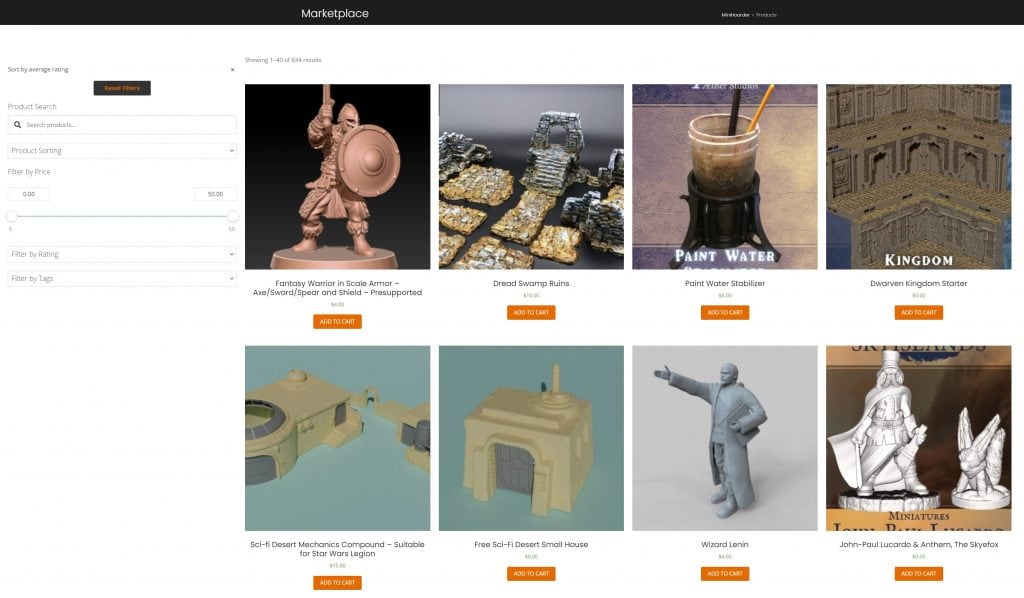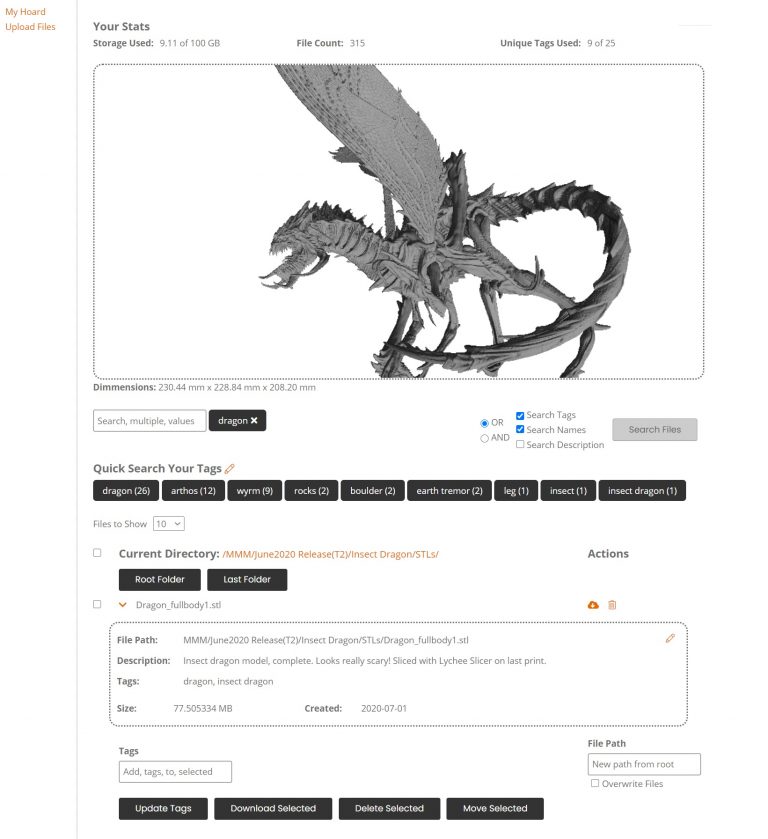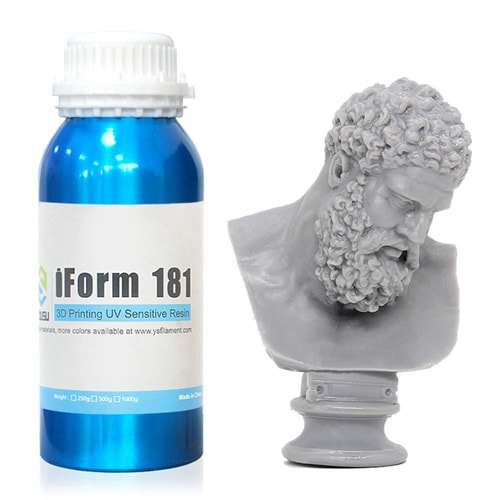In this guide, we discuss why you might want to improve your 3D printer’s build plate adhesion and how to do it. If your prints have mysteriously started failing after previously being successful, this guide might help save you a lot of heartache and frustration. Keep in mind there are several reasons a print might fail. One reason that is often overlooked is the ability for your print to actually stick to the the build plate.
Protect Your Hoard
Never get lose, or get lost in, your 3D Printable Hoard again. With our cloud based storage and organizational tools, your hoard will always be ready for when you need it, where you need it.
Why Scuff Your Build Plate
Over time, some build surfaces will begin to fill up with tiny bits of resin/filament and become smooth. That means there’s nothing for your first layers to grip. Scuffing your build surface “refreshes” it by removing those old bits of resin/filament. It also creates a bunch of tiny imperfections that greatly increase bed adhesion.
When to Scuff Your Build Plate
You should consider scuffing your build plate if you start to notice an increase in prints detaching or not sticking at all. While there are a lot of reasons your prints might fail, these are tell tale signs that your build plate adhesion is an issue.
The first things to check are bed level and print settings. After those have been ruled out, scuffing your build surface is a great next step in resolving the issue.
Note that this process can be used for both FDM & Resin Printers. However, some build surfaces should not be scuffed. Check with the manufacturer of your printer/build surface before following this process.
Required Materials
- One piece of 220 grit sandpaper roughly the size of a playing card
- IPA (or another cleaner)
- Paper towels
- Facemask
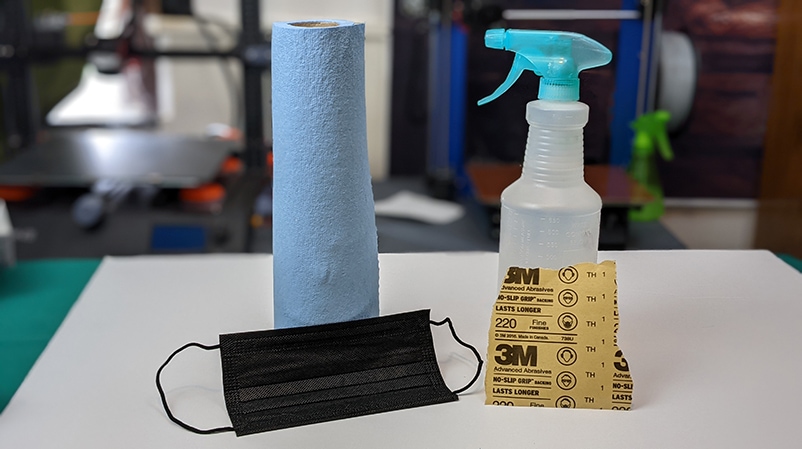
Getting to Business - How to Scuff Your Build Plate
Before starting, let’s make a quick point. We use sandpaper in this process, but you shouldn’t think of it as “sanding your plate down.” Rather think of it as, “scuffing your plate up.”
You DO NOT want to make circular patterns on your build plate like you would when trying to smooth a surface. Instead, you want to scuff the surface so the resin/filament can get a really good grip. Also note that one pass in each direction should be sufficient.
Step #1: Scuffing in the First Direction
Start at one corner of the plate and drag the sandpaper across the surface to the opposite corner. Then move forward roughly 3mm and move in a straight line back to the side you started on. Repeat until you have moved across the whole plate.
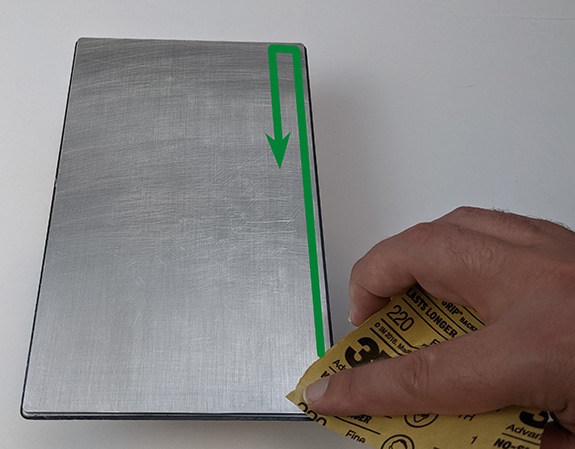
Step #2: Scuffing in the Second Direction
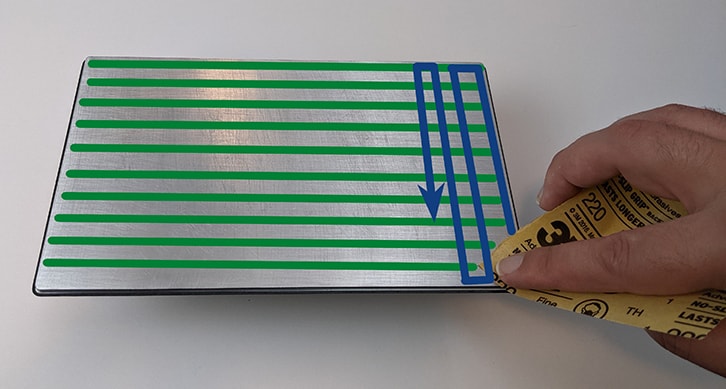
Turn the plate 90 degrees and repeat the same process. You should be making intersecting lines that form a grid pattern.
Turn the plate 90 degrees and repeat the same process. You should be making intersecting lines that form a grid pattern.

Step #3: Clean the Plate
Thoroughly clean the build surface using a paper towel with IPA or another cleaner. You want to make sure all dust has been removed from the plate before use. The last thing anyone wants to experience is going through the trouble of scuffing your build plate to increase it’s adhesion, only to have your prints fail because the build plate is covered in dust.
Note: Put your cleaner in a spray bottle for easy use.
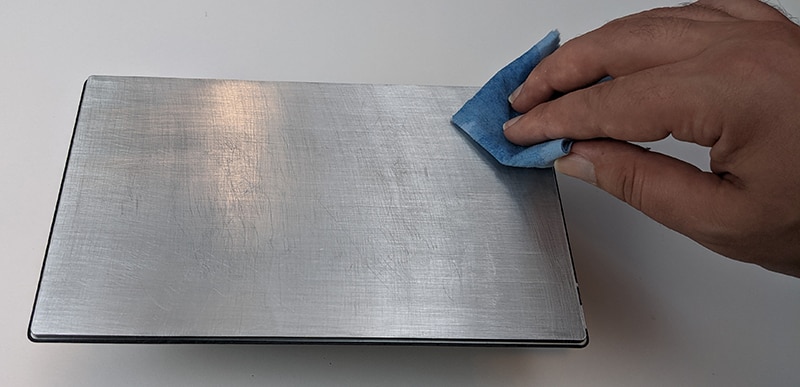
Step #4: Printing Glory!!!
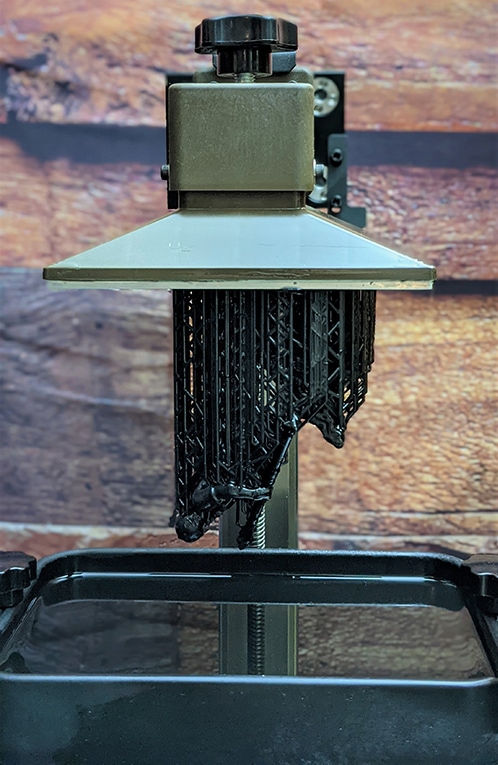
Congratulations!! You are all done and ready to print!
Your build surface will now provide greater adhesion and should help give you a more reliable printing experience.
If you found this guide helpful please consider supporting me on Patreon. Support from patrons helps me make more great content like this. If you have any questions, please feel free to leave them in the comments below.
Alright, let’s go print something.
